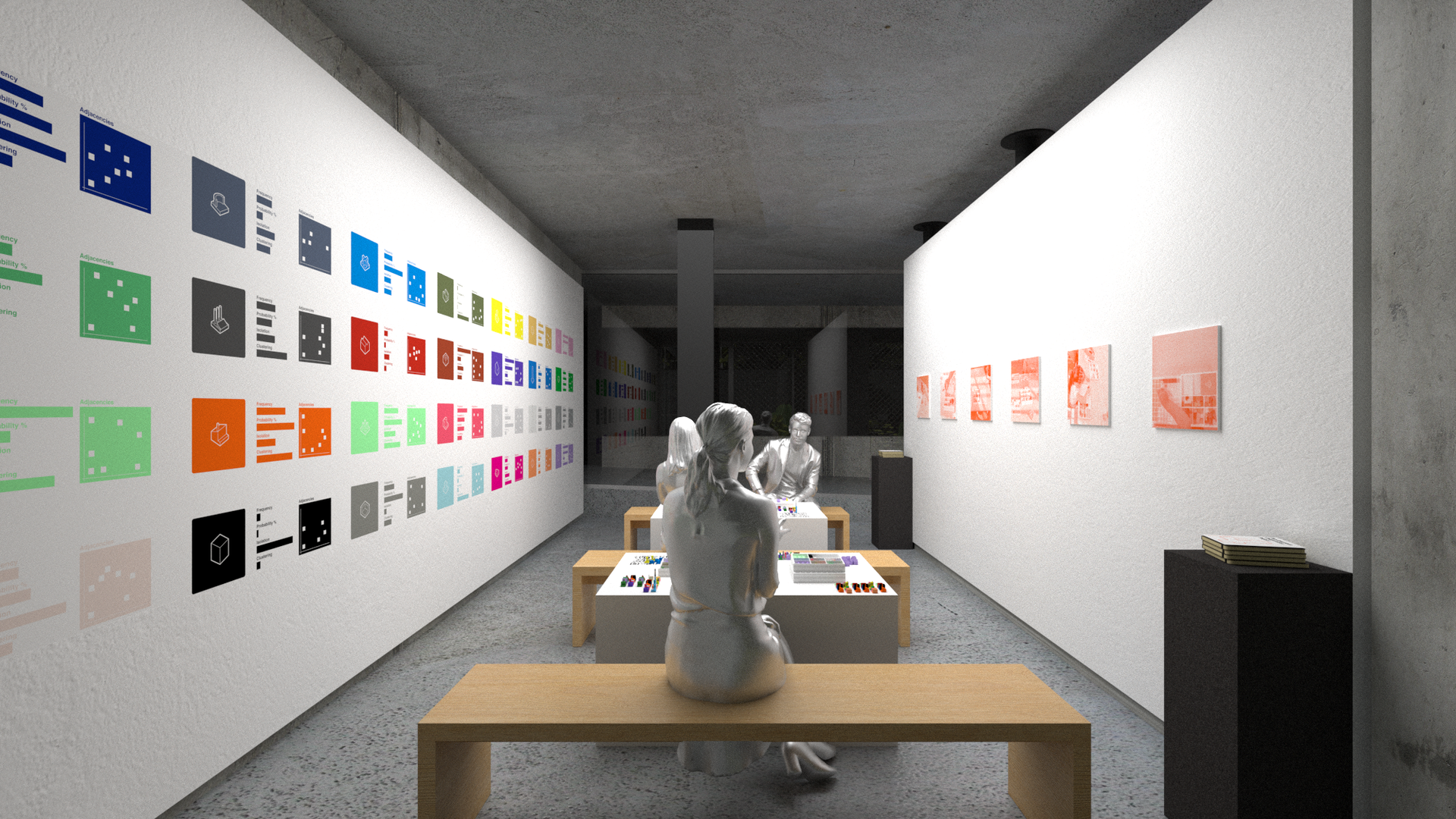031 Data/Migration/Design
Exhibition
Location:
Ithaca, USA
Program:
Temporary Exhibition
Team:
Marcos Escamilla-Guerrero, Jaeha Kim
Status:
Under Development
Year:
2025










Description:
*This exhibition is the evidence and result of how the Cornell AAP’s Engagement Impact Grant was used to advance research and produce knowledge through design around the current migration crisis.
The exhibition responds to a central question: What role can architects and designers play in addressing some of the most pressing societal crises of our time? Specifically, it focuses on the humanitarian crisis of migration in the Americas. Structured in three parts, the exhibition not only displays work produced and edited to communicate research findings and design processes, but also represents an interactive space that continues and enriches the ongoing research.
The first section introduces visitors to the phenomenon of migration in the Americas through visually compelling graphics. It presents the tragic scale of migration alongside the conditions migrants face while traversing Mexico from south to north. The central pieces here are three extended drawings that depict an elevation profile of Mexico’s major migration corridors. These drawings represent not only topography, but also climate conditions, the location of migrant shelters, territorial control by organized crime, and indicators of poverty and insecurity.
Complementing this, a continental map depicts current migratory flows across the Americas, paired with a decade-long dataset from the United Nations’ Missing Migrants Project, graphically representing the locations of missing and deceased migrants.
At the center of the gallery, a continuation of the elevation drawings unfolds in front of a 150-square-foot map of Mexico, rendered as a physical model. This map hosts a fictional network of supportive migration stations, inviting viewers to imagine infrastructural solutions to the challenges of migration. Opposite this installation, a mosaic of 50 images will be displayed. Each image represents an iteration resulting from a board game developed as a research tool to survey migrants' spatial and programmatic preferences. The results were collected during a participatory workshop at Casa Monarca Ayuda Humanitaria al Migrante ABP in Monterrey, Mexico, made possible through AAP’s Engagement Impact Grant. Together, the images create a large-scale pixel-art-like graphic that reflects the diversity and heterogeneity of migrant needs and desires.
The third and final section of the exhibition transforms the gallery into a participatory space. Visitors are invited not only to view the outcomes of the research, but to contribute to it directly. Using the same board game employed in the participatory workshop, visitors—many of whom will be designers, architects, planners, or artists—will generate new data by playing the game and voluntarily submitting a photograph of it. The ongoing research involves processing the photographs of migrant participants’ board game iterations using machine learning techniques, including image segmentation and computational algorithms such as rook adjacency analysis, coupled with statistical evaluation. Through this methodology, the complex information embedded in the visual data is interpreted to reveal patterns of spatial preferences and programmatic priorities among migrants. Over time, the growing dataset will enable a critical comparison between the actual spatial needs of migrants and the assumptions or design choices made by professional designers, highlighting discrepancies, alignments, and opportunities for more empathetic and informed design practices.
In summary, through design, research, and participation, the exhibition advocates for a deeper, more humane understanding of migration, positioning architecture as an active agent in confronting humanitarian crises.
